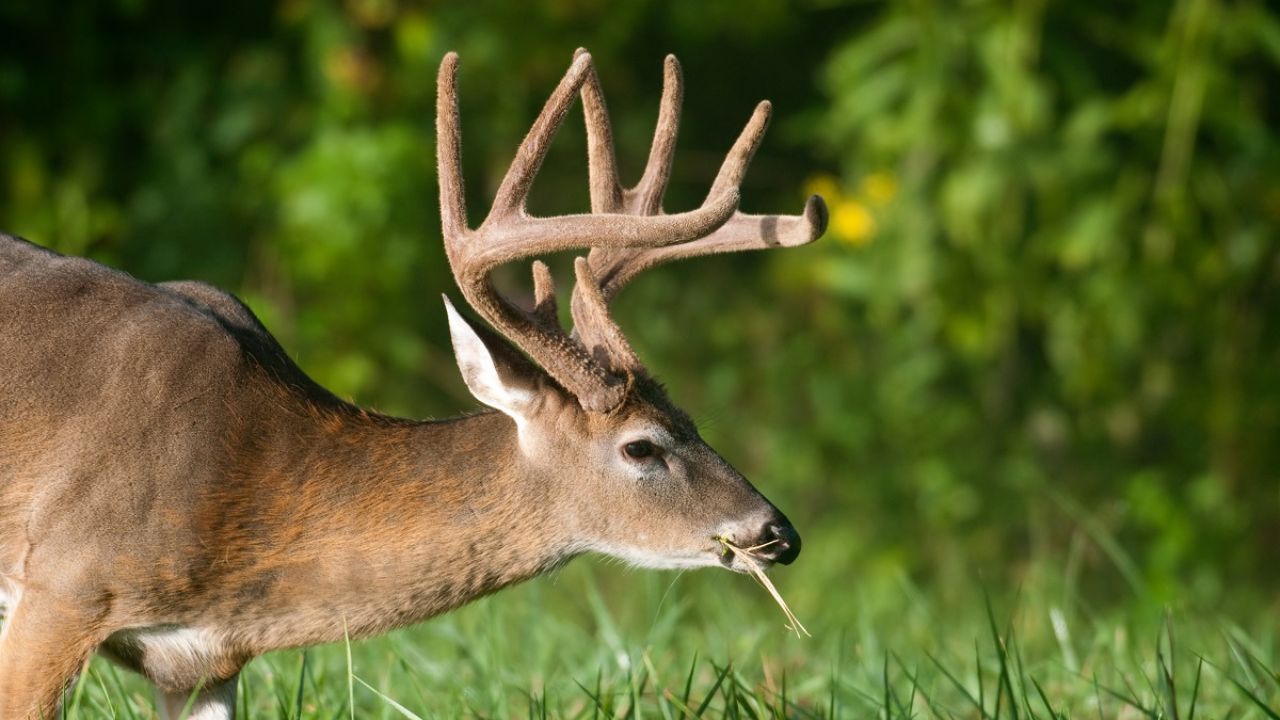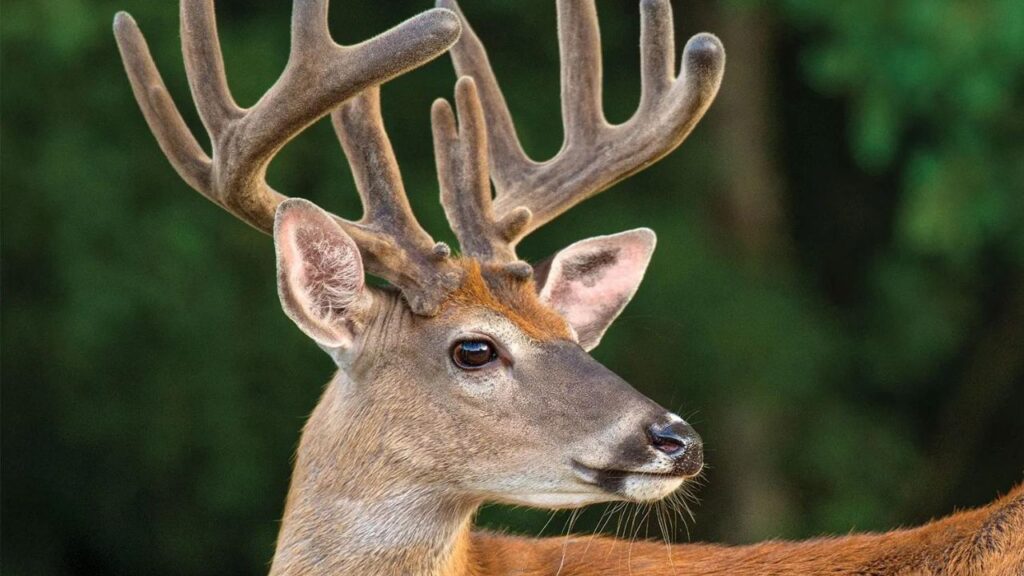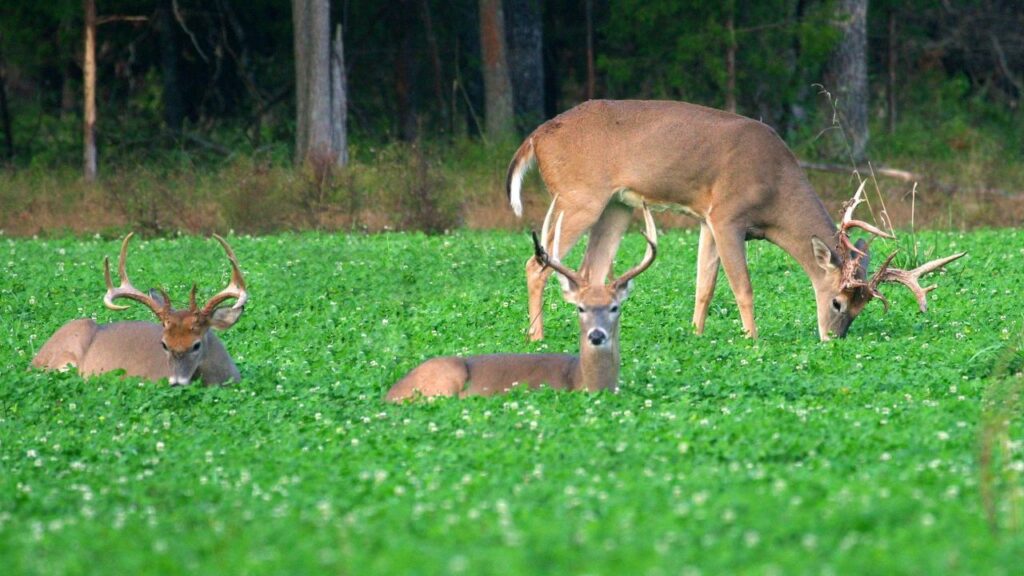As the winter frost begins to thaw and spring food plots for deer life into the landscape, deer enthusiasts and landowners turn their attention to one crucial aspect of wildlife management: spring food plots. These plots are not merely patches of greenery; they serve as essential sources of nutrition for deer, contributing to their health and the overall balance of the ecosystem.
Selecting the Right Plants
Consideration of Local Climate and Soil Conditions: Before delving into the world of spring food plots, it’s vital to understand the unique characteristics of your local environment. The climate and soil conditions play a pivotal role in determining which plants will thrive and provide optimal nutrition for deer.
Ideal Plants for Spring Food Plots
Clover Varieties: Among the top choices for spring food plots, various clover species stand out for their high protein content. Clovers not only offer essential nutrients but also contribute to the overall health of deer populations.
Chicory: Known for its resilience to browsing, chicory is a vigorous plant that can withstand the challenges of spring. Its deep roots make it an immaculate choice for sustaining deer throughout the season.
Alfalfa: Rich in nutrients, spring food plots for deer, alfalfa is a powerhouse for deer nutrition. It provides a myriad array of vitamins and minerals, making it a valuable addition to any spring food plot.
Planting Techniques
Timing for Planting: Timing is everything when it comes to establishing a successful spring food plot. Understanding the local environment and the specific needs of chosen plants is crucial. Planting too early or too late can impact the plot’s success.
Proper Soil Preparation: Soil preparation is the foundation of a thriving spring food plot. Clearing debris, testing soil pH, and adding necessary nutrients create an environment conducive to plant growth.
Seed Depth and Spacing: Careful consideration of seed depth and spacing ensures that each plant receives adequate sunlight and nutrients. Preventing overcrowding is essential for the overall health of the food plot.
Top Spring Food Plot Seeds from Biologic
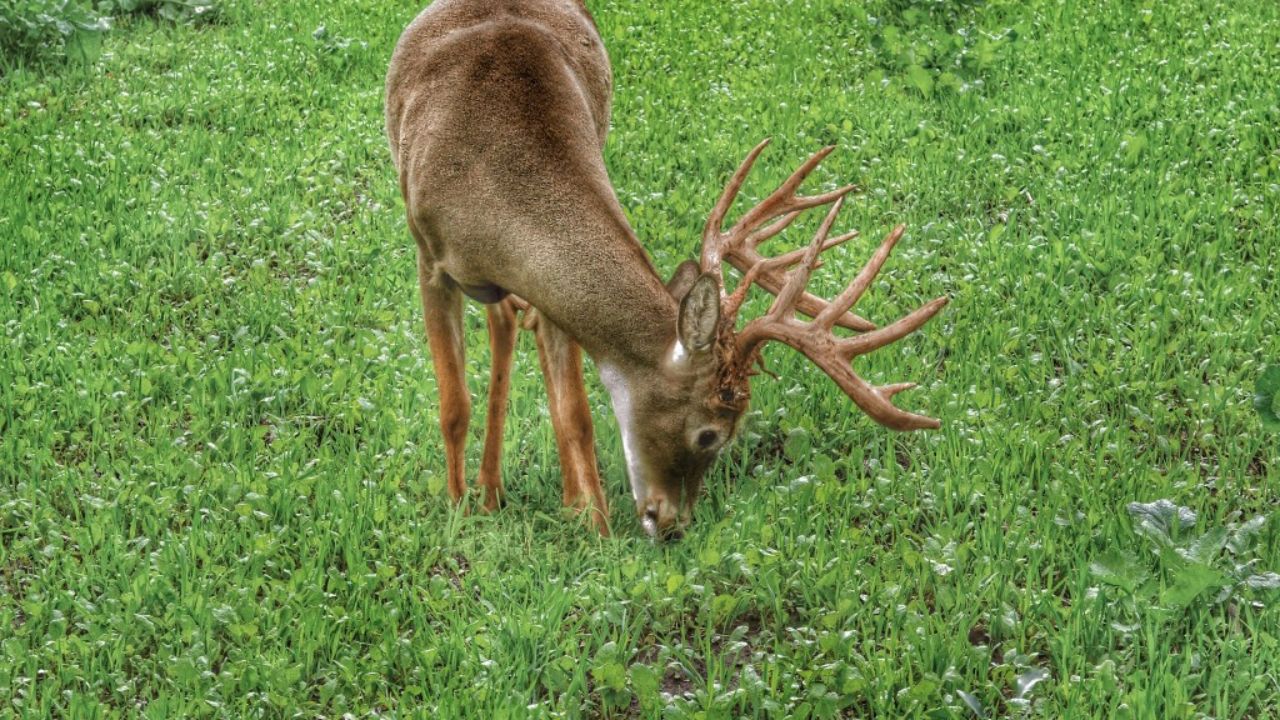
When it comes to creating a thriving spring food plot, Biologic stands out as a reliable partner for landowners and deer enthusiasts. Offering a diverse range of high-quality seeds, Biologic ensures optimal nutrition for deer populations.
1. Clover Advantage: Biologic’s Clover Advantage blend provides a rich source of protein, enhancing deer health and promoting antler growth.
2. Maximum: The Maximum blend combines various forage plants, creating a diverse and nutritious food plot that attracts and sustains deer throughout spring.
3. Chicory: Biologic’s Chicory blend offers a hardy option known for its resilience to browsing and its ability to withstand the challenges of the season.
Game Changer Forage Soybeans
Biologic introduces a game-changing addition to spring food plots with their Forage Soybeans. These soybeans stand out for their exceptional forage quality, providing a nutrient-rich source that deer find irresistible. Packed with protein and essential nutrients, Game Changer Forage Soybeans promote optimal deer health and antler growth. Their quick-establishing and vigorous nature makes them a reliable choice for landowners and hunters looking to enhance their spring food plots. With Biologic’s Game Changer Forage Soybeans, elevate your wildlife management efforts, creating an environment that not only attracts deer but sustains them throughout the season.
When to Plant Game Changer Soybeans
Game Changer Forage Soybeans by Biologic thrive when planted during the late spring or early summer months. Optimal planting time typically ranges from late April to early June, ensuring favorable soil temperatures for rapid germination and growth. Best spring food plots for deer strategic timing allows landowners and hunters to establish a robust food plot that attracts and sustains deer throughout the upcoming seasons.
How to Plant Game Changer Forage Soybeans

Planting Biologic’s Game Changer Forage Soybeans involves a few key steps. Begin by selecting a well-drained site with ample sunlight. Spring food plots for deer, Prepare the Soil by clearing debris and achieving a fine seedbed. Plant sources at a depth of 1 to 1.5 inches using a drill or broadcast spreader. Adequate spacing is crucial for optimal growth. Follow with fertilization and monitor moisture levels. With proper care, you’ll establish a thriving food plot, attracting deer with food plot seed for spring nutrient-rich forage.
Clover Plus: Clover Plus by Biologic is a premier choice for creating lush and nutritious food plots. Best spring food plot for Deer blend combines premium red and white clover varieties, offering deer a diverse and protein-rich forage source. Easy to establish and adaptable to various soil types, Clover Plus enhances wildlife habitats, making it a top pick for landowners seeking to attract and nourish deer populations.
When to plant Clover Plus
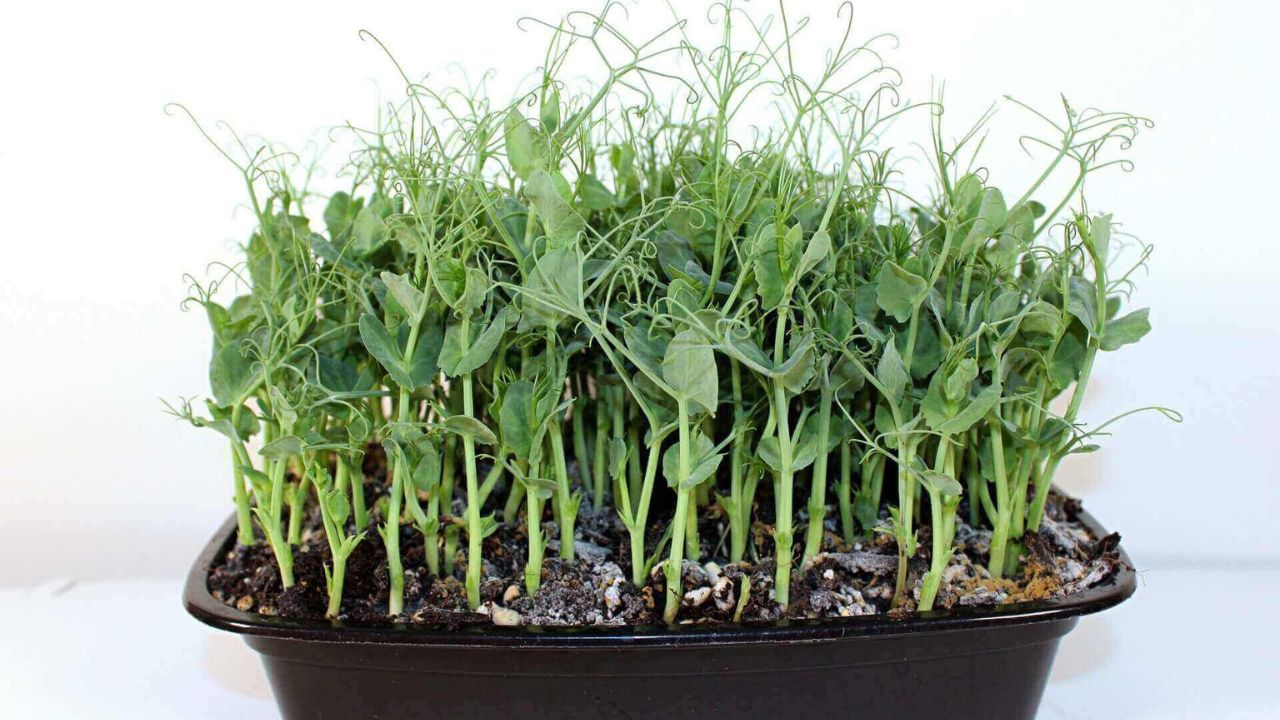
Planting Biologic’s Clover Plus for optimal results requires strategic timing. The ideal window is during late summer or early fall, typically from August to September when soil temperatures are conducive to germination. Food plots for deer in spring timing allows the clover to establish strong root systems before winter, ensuring a robust growth spurt in the spring. Choosing the right moment to plant ensures a flourishing food plot, providing deer with a nutrient-rich forage source for months to come.
How to plant Clover Plus
Ensure a successful planting of Biologic’s Clover Plus by following these steps. Select a well-drained site with ample sunlight for optimal growth. Begin by clearing the area of debris and achieving a fine seedbed. Using a broadcast spreader or a drill, sow the sources at a depth of 1/4 to 1/2 inch. Adequate seed-to-soil contact is crucial. Follow with fertilization based on soil test recommendations. Water the area well to initiate germination. Regular monitoring and maintenance will result in a thriving clover plot, providing deer with a diverse and nutritious forage source for sustained attraction and health.
When to plant Spring Protein Peas
For an optimal yield of Biologic’s Spring Protein Peas, strategic planting is essential. Aim to plant during the early spring months, ideally from late March to early May, when soil temperatures range from 45°F to 65°F. Spring deer food plot seed period provides favorable conditions for germination and initial growth. Select a well-drained site with exposure to sunlight. Prepare the Soil by clearing debris and achieving a fine seedbed. Plant the peas at a depth of 1 to 2 inches, ensuring proper spacing. With careful timing and attention to soil conditions, you’ll establish a robust food plot, attracting and nourishing deer.
How to plant Spring Protein Peas
Ensure a successful planting of Biologic’s Spring Protein Peas by following these steps. Begin by selecting a well-drained site with exposure to sunlight. Clear debris and create a fine seedbed for optimal germination. Plant the peas at a depth of 1 to 2 inches, ensuring proper spacing for robust growth. Utilize a broadcast spreader or a drill for even distribution. Fertilize based on soil test recommendations to promote healthy pea development. Adequate moisture during germination is crucial. With careful planning and maintenance, you’ll establish a thriving pea plot, providing a nutrient-rich forage source for deer during the spring months.
When to plant WhistleBack
For the successful establishment of Biologic’s WhistleBack, strategic planting is key. The optimal planting time is during late spring to early summer, typically from May to June. Spring and summer food plots for deer timeframe ensures that soil temperatures are conducive to germination and initial growth. Choose a well-drained site with exposure to sunlight. Prepare the Soil by clearing debris and achieving a fine seedbed. Plant the sources at a depth of 1/4 to 1/2 inch using a broadcast spreader or a drill. Adequate spacing is essential for robust growth. With careful timing and attention to soil conditions, you’ll create an attractive and nutritious food plot for deer.
How to plant WhistleBack
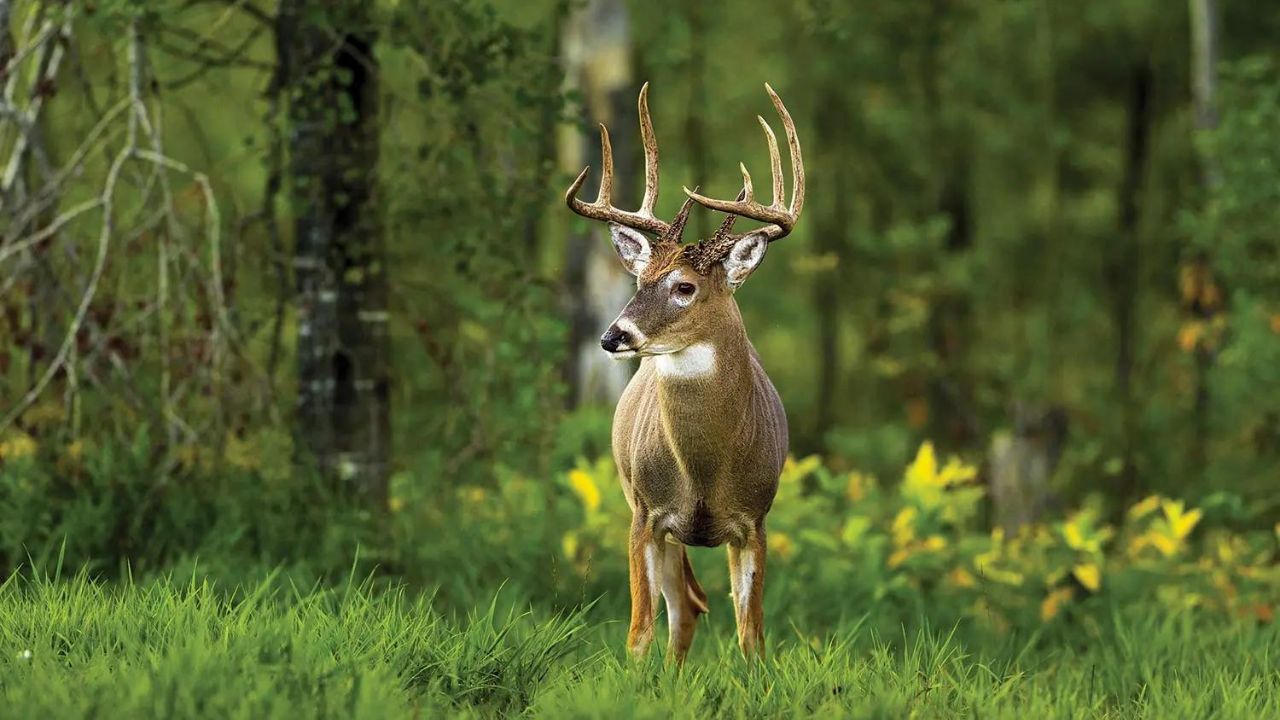
For a thriving WhistleBack plot by Biologic, follow these planting steps. Choose a well-drained site with ample sunlight. Clear the area of debris and prepare a fine seedbed for optimal germination. Plant the germs at a depth of 1/4 to 1/2 inch, ensuring proper spacing for vigorous growth. A broadcast spreader or drill is ideal for even distribution. Fertilize based on soil test recommendations to promote healthy plant development. Adequate moisture during germination is crucial. Regular monitoring and maintenance will result in a lush and attractive food plot, providing deer with a diverse and nutritious forage source.
Conclusion
Biologic’s range of premium spring food plot seeds, including WhistleBack, offers landowners and hunters a powerful tool for wildlife management. By strategically planting these seeds, one can create robust and nutritious food plots that attract and sustain deer populations. The careful selection and timing of planting ensure the success of these plots, contributing not only to the health of the deer but also to the overall biodiversity of the ecosystem. Invest in these quality seeds, and you’ll witness the transformation of your property into a thriving habitat for deer and other wildlife.
FAQ
What Is The Best Food Plot For Deer In Spring?
One of the finest possibilities for deer in feeding plots is soybeans. Because they develop quickly and have a high protein content, whitetail deer are drawn to them.
When Should I Plant My Spring Deer Food Plot?
You may grow spring protein peas at any time during the spring or summer. For optimum forage yield, plant in the spring, two to three weeks after your region’s last frost, when soil temperatures have reached 55 to 60 degrees.
What Is The Number One Food Plot For Deer?
However, the best feeding plots for drawing and maintaining deer populations are usually thought to be those that include clover, brassicas, soybeans, and cereal grains. The food plot systems provided by Illusion Systems give hunters the ease of use and professional advice they need to set up effective feeding plots.
What Is The Fastest-Growing Food Plot For Deer?
Even better, wheat and oats are about the fastest germinating plot plants available. Cover them with a thin coating of damp Soil, and you can expect to see sprouts within a week or so. When top-sown on loose Soil, they will even sprout after a few days of rain, although germination rates tend to be lower.
What Food Plot Attracts The Most Deer?
Brassicas may be the best deer food God has ever created. These plants average 36% crude protein and over 80% total digestible nutrients and yield more than any other whitetail planting.

